
Sir David de Brechin (died 1320) was a Scottish knight who fought on both sides during the Wars of Scottish Independence.

Sir David de Brechin (died 1320) was a Scottish knight who fought on both sides during the Wars of Scottish Independence.
He was the son of Sir William de Brechin by Elena Comyn, daughter of Alexander Comyn, Earl of Buchan and Elizabeth de Quincy. Sir William was the son of Henry of Brechin, an illegitimate son of David of Scotland, Earl of Huntingdon. [1] Brechin is first attested to as a ward of a Sir John de Callendar in 1292. [2]
Brechin fought in the Earl of Surrey's army at the Battle of Dunbar, and was granted lands previously owned by Alan Durward. [3]
He name appears twice on the 1296 Ragman Rolls for Forfarshire. [4]
In the train of Robert the Bruce, he was present at Peebles when the Bruce, John Comyn, and William Lamberton were sworn in as Guardians of Scotland. Brechin returned to Galloway with Bruce. [5]
By 1301, Sir David was still active in southwestern Scotland. On 8 September Brechin was in a force led by Sir John de Soulis and Sir Ingram de Umfraville, that attacked Lochmaben Castle, and was wounded in the fight. [6]
Brechin returned to English service when he did homage to Edward I of England at the Siege of Stirling Castle. [7]
Continuing in English service, Brechin was present at the Battle of Inverurie, and according to John Barbour, he retired after the battle to Brechin Castle where he was besieged by David Earl of Atholl. [8] However this is contested by the historian and genealogist Sir James Balfour Paul. [9] According to all records, Strathbogie was still in the service of the English, so the capture of Brechin Castle must have been accomplished by another of King Robert's following. [10]
On 6 April 1320, Brechin appended his seal to the Declaration of Arbroath.
At a parliament at Scone (later known as the Black Parliament) in August that year, Brechin was found complicit along with William de Soules, the Countess of Strathearn and others in a conspiracy to depose the king. For this offence Brechin was executed. [11]
Although there is no reason to doubt his guilt, his execution surprised many people, as he was seen as a "flower of chivalry", having acquitted himself well in battle against the Saracens during the crusades.
Brechin appears to have married Margaret de Bonkyll, widow of Sir John Stewart of Bonkyll, by 1304 when she is recorded as his wife. [12] and had issue.
David de Brechin appears to have married secondly a Margaret Ramsay.

The Wars of Scottish Independence were a series of military campaigns fought between the Kingdom of Scotland and the Kingdom of England in the late 13th and early 14th centuries.
Andrew Moray, also known as Andrew de Moray, Andrew of Moray, or Andrew Murray, an esquire. He became one of Scotland's leaders during the First Scottish War of Independence, initially raising a small band of supporters at Avoch Castle in early summer 1297 to fight King Edward I of England. He soon had successfully regained control of the north for the absent Scots king, John Balliol. Moray subsequently merged his army with that of William Wallace, and jointly led the combined army to victory at the Battle of Stirling Bridge on 11 September 1297. He was severely wounded in that battle, dying at an unknown date and place that year.

Thomas Randolph, Earl of Moray was a soldier and diplomat in the Wars of Scottish Independence, who later served as regent of Scotland. He was a nephew of Robert the Bruce, who created him as the first earl of Moray. He was known for successfully capturing Edinburgh Castle from the English, and he was one of the signatories of the Declaration of Arbroath.

Clan Hay is a Scottish clan of the Grampian region of Scotland that has played an important part in the history and politics of the country. Members of the clan are to be found in most parts of Scotland and in many other parts of the world. However, the North East of Scotland, i.e. Aberdeenshire (historic), Banffshire, Morayshire and Nairnshire Nairn (boundaries), is the heart of Hay country with other significant concentrations of Hays being found in Perthshire, especially around Perth, in the Scottish Borders, and in Shetland.
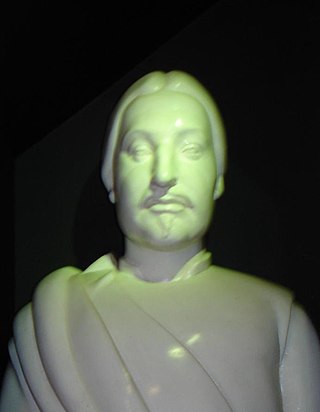
William II, Earl of Ross was ruler of the province of Ross in northern Scotland, and a prominent figure in the Wars of Scottish Independence.
Hugh [probably Gaelic: Aodh], was the third successor of Ferchar mac in tSagairt as Mormaer of Ross (1323–1333).
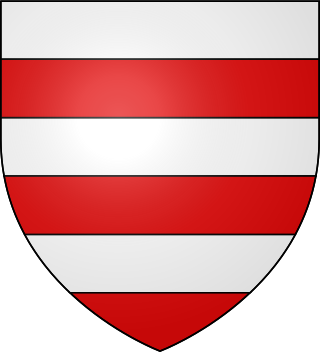
William II de Soules, Lord of Liddesdale and Butler of Scotland, was a Scottish Border noble during the Wars of Scottish Independence. William was the elder son of Nicholas II de Soules, Lord of Liddesdale and Butler of Scotland, and a cousin of Alexander Comyn, Earl of Buchan. He was the nephew of John de Soules, Guardian of Scotland.
John Comyn (Cumyn) was Lord of Badenoch in Scotland. He was Justiciar of Galloway in 1258. He held lands in Nithsdale and Tynedale.

Clan Lindsay is a Scottish clan of the Scottish Lowlands.

Clan Oliphant is a Highland Scottish clan.
Sir Archibald Douglas was a Scottish nobleman, Guardian of Scotland, and military leader. He is sometimes given the epithet "Tyneman", but this may be a reference to his great-nephew Archibald Douglas, 4th Earl of Douglas. He fought and died at the Battle of Halidon Hill.
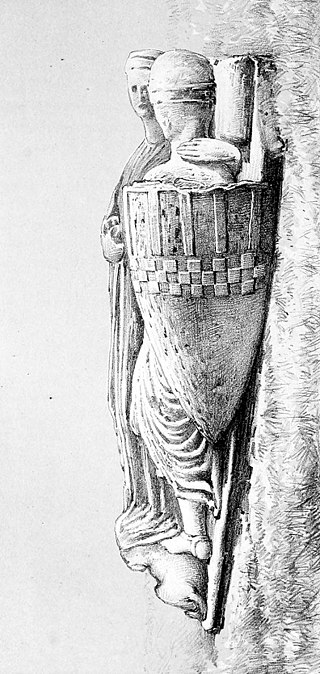
Walter Bailloch, also known as Walter Bailloch Stewart, was distinguished by the sobriquet Bailloch or Balloch, a Gaelic nickname roughly translated as "the freckled". He was the Earl of Menteith jure uxoris.
Sir Walter fitz Gilbert of Cadzow, 1st Laird (Lord) of Cadzow was a Scottish nobleman. The husband to Mary Gordon of Huntly, they wed in 1308 in Cadzcow, Lanarkshire, Scotland. He is the first historically confirmed progenitor of the House of Hamilton, which includes the Dukes of Hamilton, Dukes of Abercorn and Earls of Haddington.
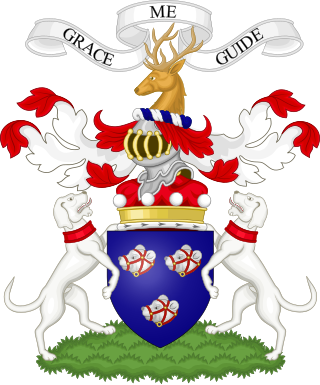
Clan Forbes is a Highland Scottish clan from Aberdeenshire, Scotland.
Sir Adam de Gordon (1273–1333), lord of Gordon, was a Scottish statesman and soldier.
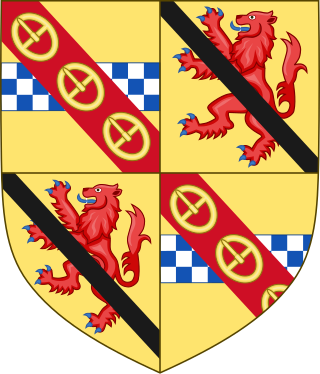
Thomas Stewart, 2nd Earl of Angus (b.b.1331-1361) was a medieval Scottish nobleman.
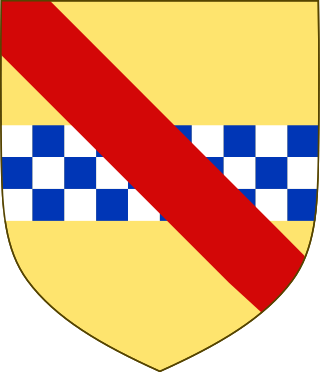
Sir John Stewart, the brother of Sir James the 5th High Steward of Scotland, was a Scottish knight and military commander during the First Scottish War of Independence.

Sir Alexander Seton, also known as Alexander de Seton was the Governor of Berwick.

Sir Edward Keith was a Scottish nobleman and hereditary 11th Marischal of Scotland.

Sir James (de) Lindsay, 9th Lord of Crawford, Knight Banneret, Lord of Crawford, Kirkmichael, Wigton, Symontoun, and of many other baronies, claiming also to be Lord of Buchan, was a Scottish feudal lord.